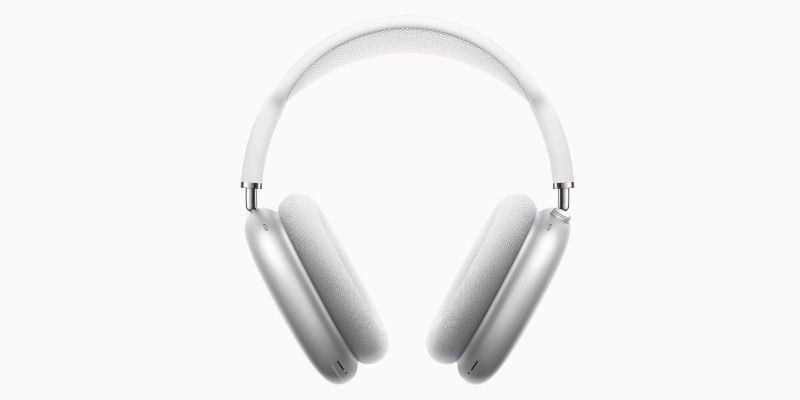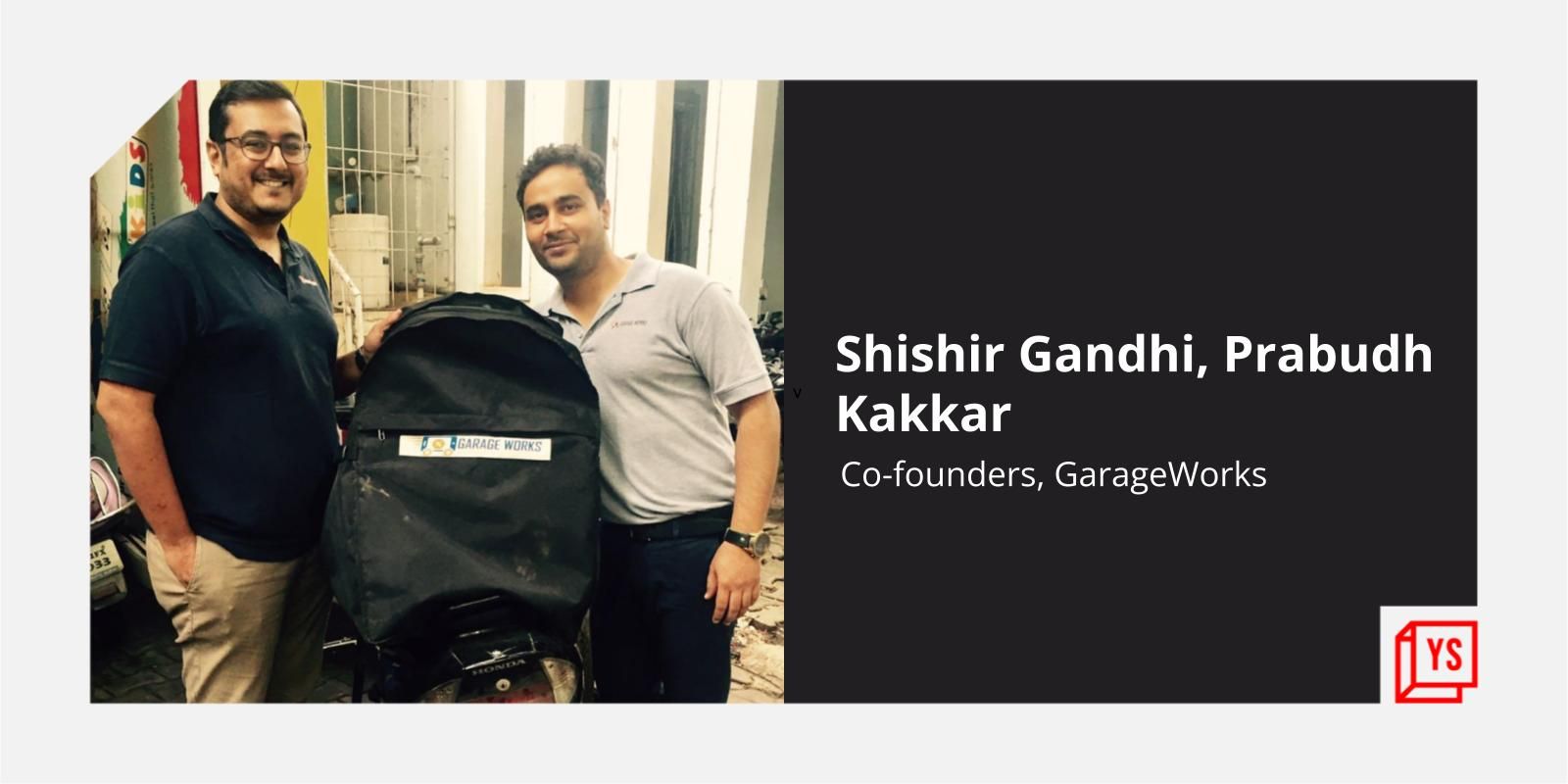How Yummade grew its reach 25-fold in one month and lessons for other startups
In today's startup environment, it helps to be prudent with cash. Deep discounting models can be fatal, especially in low-margin categories. So, startups need to figure out cash-efficient hacks to reach not only more customers, but better-quality customers, customers who are more likely to buy again and again, customers with a higher lifetime value (CLV).
Yummade is managed C2C marketplace where consumers can buy natural food products from local artisans. Bootstrapped since its inception in 2015, Yummade's growth has been primarily organic. So, a few months back, the team did a few experiments and realised that there are clever online marketing hacks available that help startups expand their reach without burning too much cash.

Before getting into what hacks worked for Yummade, here are some results of these hacks:
- 25x growth in website traffic through social media
- 30 per cent week-on-week growth in customers
- 50 per cent lower CAC through Facebook ads as compared to other channels
- 25 per cent increase in average ticket size from new customers
- 200 per cent higher CTR through Facebook ads
Now, this list of hacks is by no measure, exhaustive or a copy-paste model for every startup, but if it can get your minds racing, then it serves its purpose.
So, here goes:
- Define your customer (like, to the extent that is starts sounding creepy)
This is easier said than done. Most startups feel everyone is a potential customer, just so that they can build a larger market potential for investors. But that is the worst thing you can do to your business.
"You cannot be everything to everyone. It's a recipe for failure."
When it comes to social media ads, especially on Facebook, this is the most critical defining point of any campaign. Facebook has a treasure trove of data about everyone's personal habits, what devices they use, what they like & what they don't like. If it weren't so good for marketing, it would definitely classify as creepy!
Accurately defining your customer doesn't just mean attributes such as age, gender, and location. It means building a digital profile of what your customer does on a daily basis, where they go, what they eat, who they follow, even what their family members may like or dislike. It's almost like playing Second Life, just with your customers' avatars instead of your own.
Create not one, but many such customer cohorts (profile groups that share similar characteristics) - as many as it takes to allow customised targeting of products or offers for every cohort. Yummade built 20 different cohorts with customised products and offers for each cohort.
- Quality over Quantity
This is the foundation of acquiring customers in a cash-efficient manner. A simple corollary to Point 1 above, is that each cohort will be small in size, but it will be much better in quality. And that's exactly what you want - quality over quantity.
"Our goal is to make the best devices in the world, not to be the biggest." - Steve Jobs
Yummade realised that it is better to target well-defined cohorts as small as 10,000 users instead of common ads for "All Women between 25-34 years of age in Mumbai" (That's 800,000 users for your reference).
You don't want to spend even a single rupee on the wrong customer. This means that if your cohort is accurately defined, you'll have much a better click-through-rate (CTR).
- Customise
One of the key uses of building these cohorts is to customise the ad message for each cohort. For instance, the products and offers that Yummade targeted at housewives were completely different from the ones targeted at working moms.
Of course, the targeted product must have the right value proposition for the corresponding cohort (You can't market stilettos to men. Or maybe you can, for someone looking for a gift!). This approach also allows you track the performance of your ad for each cohort, so you know which cohort/ ad is more valuable to go after.
- Choose the right channel for your target customer
There are lots of digital channels out there, but every startup needs to identify the right channel where its target customers are most likely to be.
Facebook works great for local businesses. For some businesses, Google search ads may be better (if your product category is driven by search). For some businesses, display ads may be better (they didn't work too great for Yummade, primarily because the visuals were crappy!). For some, LinkedIn may be better. For some, it may be affiliates, blogs or even Facebook groups.
For Yummade, Facebook performed much better than other channels. And of course, the most cash-efficient approach, SEO worked great. While SEO may be a slow-burn growth mechanism, it has helped Yummade rank amongst the top five websites for search results across all its product categories.
Choosing the right channel ensures that your CLV will be the highest or your CAC will be the lowest. However, startups should take care not to stray too far, even though it may be cheeky and financially enticing.
- Specify your ad delivery
It is not the most cash-efficient approach to spray ads at users all the time, even when it may be completely irrelevant for them.
For instance, meal delivery companies get the best results when they target ads around the time that customers are starting to plan for their lunch or dinner. There is no use of displaying a lunch delivery ad to a customer at 6:00 pm or any meal delivery ad to someone browsing Facebook at 2 am because there is no open restaurant to deliver the order from at that hour.
By restricting the time window when ads are targeted, Yummade got much better CTRs than at other times.
- Think retention, even during acquisition
It is easy to burn cash on flat discounts and acquire customers. But, what's even better is if the customer gets locked-in during acquisition itself. This way, the customer will keep coming back with limited cash burn on retention.
For instance, Yummade offered cashbacks to customers in the form of vouchers (there's no Yummade wallet yet) instead of flat discounts so that customers would come back again & again to use those vouchers. Of course, wallets help ease the process, but it's a fine line between trying to create a walled garden (no customer wants to have a separate wallet for every app) and losing customers due to no lock-in mechanism (using a third-party wallet that also works on your competitors' websites).
Moreover, the retention process needs to make it easier for customers, not more difficult or frustrating. For instance, a leading travel portal in India allows customers to use a maximum of Rs. 500 in their wallet for the next purchase, which makes the cashback utility quite unattractive, especially when the product is a high-value airline ticket.
Another mechanism that Yummade is using to drive higher retention in a cash-efficient manner is a subscription model. While this may not apply to every startup, it is helping Yummade build good revenue visibility & allowing an easy way for customers to keep reordering products that they love the most.
Your customers are your biggest asset - if they believe in your value proposition, you will be able to acquire and retain customers at a much lower cost. There are also other mechanisms such as customer referral programmes which a lot of companies use extensively nowadays and which, if used smartly, can reduce customer acquisition costs significantly.
(Disclaimer: The views and opinions expressed in this article are those of the author and do not necessarily reflect the views of YourStory.)











